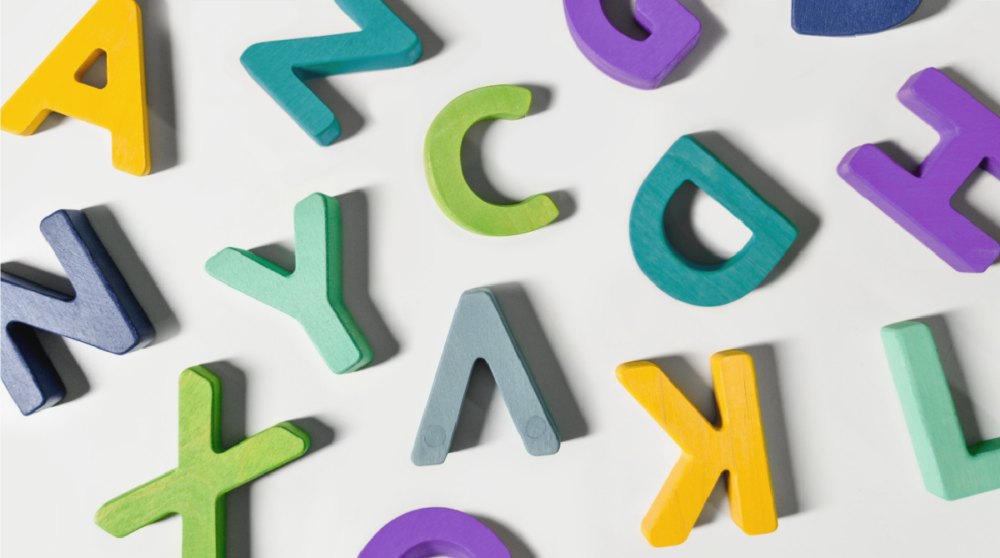Turning the Page on Literacy Instruction in NYC Schools
This report highlights data on racial disparities in reading proficiency rates and calls on the City to invest part of its $7 billion in federal COVID-19 relief funding in a comprehensive effort to revamp the way it provides reading instruction to all students and targeted interventions to students who need extra support.

On May 20, 2021, Advocates for Children of New York (AFC) released a new policy brief, Turning the Page on Literacy Instruction in NYC Schools, highlighting racial disparities in reading proficiency rates and calling on the City to invest part of its $7 billion in federal COVID-19 education funding in a comprehensive effort to revamp the way it provides reading instruction to all students and offer targeted interventions to those who need extra support.
The City’s current approach to literacy instruction has failed to ensure that our schools fulfill one of their most fundamental responsibilities: teaching children how to read. According to the 2019 National Assessment of Educational Progress (NAEP), more New York City students are reading below a basic level than are reading proficiently. In addition:
- Only 16.7% of Black fourth graders and 18.1% of Hispanic fourth graders scored at or above proficient in reading on the NAEP in 2019, compared to 40.9% of White fourth graders and 45.6% of Asian fourth graders.
- Only 3.5% of Black fourth graders with Individualized Education Programs (IEPs) and 4.4% of Hispanic fourth graders with IEPs scored at or above proficient on the 2019 NAEP, while more than eight out of ten were reading below a basic level.
- At more than 150 New York City schools, less than a quarter of students in grades 3-8 scored proficient on the most recent state reading test; these schools are particularly concentrated in the central and south Bronx and in Brownsville and East New York in Brooklyn, as displayed in a map in the report.
“Year after year, AFC hears from hundreds of parents whose children are struggling with reading and can’t get the help they desperately need at their public schools,” said Maggie Moroff, AFC’s special education policy coordinator. “We regularly work with middle and high school students who are still non-readers, unable to read picture books to their younger siblings, let alone age-appropriate books or their school textbooks.”
These outcomes are not inevitable. Research—along with AFC’s own experience seeing such students make massive gains when we take legal action to help them obtain intensive private tutoring or a specialized private school placement—shows that nearly all children, including those with disabilities, can learn to read when they are taught appropriately. But many schools continue to use curricula that are not aligned with the scientific evidence on reading development, while far too many teachers have never received the training and support they need to effectively translate research into practice and help their students become literate.
“My greatest concern was always my son’s reading,” said Gina Zelaya, the parent of a student with a disability. “Year after year, he struggled to learn to read. At every meeting with the school, I asked for more help and was told they were doing all they could. Even after I shared an evaluation with the school explaining the type of reading support he needed, the school said they didn’t have it and couldn’t offer it to my son. By the time he was in 5th grade, he was still unable to read. I felt I had no choice but to look for support for him outside his school.”
With a historic influx of federal and state education funding headed to New York City, now is the time to turn the page on literacy instruction and ensure all children learn to read. Mayor de Blasio’s budget for the coming school year proposes using $500 million in federal COVID-19 relief funding for “academic recovery and student supports,” and the City is currently in the process of determining how it will use this funding. The report recommends the City invest:
- $50 million for evidence-based, culturally responsive reading curricula for core instruction, as recommended in the City Council’s response to the preliminary budget, to ensure all students receive the explicit, systematic instruction in foundational literacy skills that research shows is essential.
- $150 million to provide targeted one-on-one or small-group intervention, delivered by well-trained professionals, to students who need more help learning to read. We estimate that there are more than 100,000 students in grades 3-12 who could significantly benefit from evidence-based intervention.
“New York City should seize this opportunity to make long-overdue investments in literacy curriculum and interventions. As our schools recover from the pandemic, we cannot return to ‘normal,’ when ‘normal’ was not teaching our students how to read.”
Kim Sweet, AFC’s Executive Director
-
View the press release as a PDF
May 20, 2021
Media Coverage
-
Advocates urge NYC Education Dept. to revamp approach to teaching reading in wake of pandemic
-
Education advocates urge city to use more COVID relief funds on reading instruction



